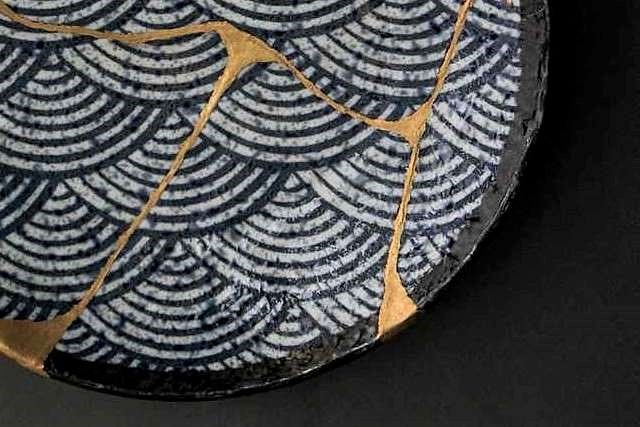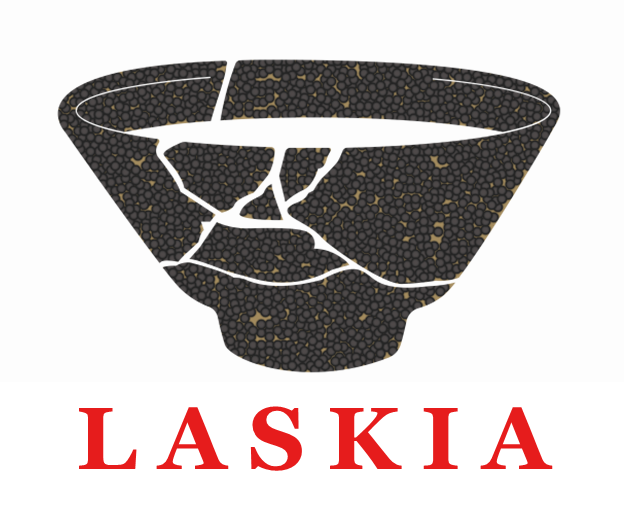



Therapy & trauma work
How does it work
Working with trauma requires longer cooperation with a client, where we can build up safety, trust and the clients capacity to hold and contain deeper processes.
I work within a body-oriented approach, where we track body sensations and physiological processes to ensure regulation of the nervous system and to effectively resolve the traumatic charge, while respecting the clients capacity. I also use an eye-movement work protocol, based on desenzitization of overwhelming stimuli, and promoting resourcing and integration. It is also a great tool for working with fear and fearful situations.
Before we start
New clients are currently added to a waitlist, with the estimated waiting period of 1-3 months. To enroll to the waitlist, please contact me via the contact form below, or via email info@laskia.sk
If you´re not sure, whether I´m the right therapist for you, feel free to contact me. I´ll be happy to address any concerns that you might have about me, or about the therapeutic approach I´m using.
The first session lasts 45 minutes, and is intended as a non-binding introduction, review of the clients issues, and agreeing on an effective form and frequency of our sessions.
Continuing clients undertake to attend a minimum number of 4-5 sessions.
How does it work
Working with trauma requires longer cooperation with a client, where we can build up safety, trust and the clients capacity to hold and contain deeper processes.
I work within a body-oriented approach, where we track body sensations and physiological processes to ensure regulation of the nervous system and to effectively resolve the traumatic charge, while respecting the clients capacity. I also use an eye-movement work protocol, based on desenzitization of overwhelming stimuli, and promoting resourcing and integration. It is also a great tool for working with fear and fearful situations.
Before we start
New clients are currently added to a waitlist, with the estimated waiting period of 1-3 months. To enroll to the waitlist, please contact me via the contact form below, or via email info@laskia.sk
If you´re not sure, whether I´m the right therapist for you, feel free to contact me. I´ll be happy to address any concerns that you might have about me, or about the therapeutic approach I´m using.
The first session lasts 45 minutes, and is intended as a non-binding introduction, review of the clients issues, and agreeing on an effective form and frequency of our sessions.
Continuing clients undertake to attend a minimum number of 4-5 sessions.
Modern understanding of trauma
The understanding of “trauma”, its origin, meaning and impact on human life has changed radically over the past few decades. Thanks to the advanced possibilities of scientific research of living brain and nervous system functions, and thanks to the contributions of great pioneers such asStephen Porges, Gabor Maté, Peter Levine, Esther Perel, Bessel van der Kolk and their research, we now recognize the necessity to engage the somatic and physiological dimension in trauma work in order to achieve any permanent change.
Today, we do not understand trauma so much as an event that happened, but rather as a state of the organism that arose as a subjective reaction to a stimulus, and persists, although it is inadequate to the current circumstances – for example, maintaining chronic tension in the body, increased irritability, or an inappropriate reaction to certain stimuli. In his recent film Wisdom of trauma, Gabor Maté expresses his belief that most physical symptoms and illnesses develop from issues caused by untreated trauma.
People commonly believe that trauma is mostly related to depression, anxiety, panic attacks, or mental illness. In many cases, however, the symptoms can be mainly or solely physiological, can have a chronic course or worsen over time.

Some of the behavioral and physical symptoms that can be associated with trauma:
– hypercriticism
– (passive) agression
– decreased empathy or insesitivity
– searching for strong, extreme or life-threatening stimuli (including sports)
– extremist views
– selfishness
– compulsive escaping from reality
– resignation on life
– passivity
– procrastination
– submissiveness towards authorities
– inability to leave a toxic environment
– inability to set boundaries
– repetition of similar dramatic events in life
– chronic tension and muscle stiffness
– physical restlessness of hands/legs
– shallow, poor-quality sleep
– increased heart beat
– cold sweats
– digestive disorders
– chronic inflammatory processes
– chronic fatigue
– cold skin / internal cold
– hypersensitivity to sound and visual stimuli
– very slow recovery
– frequent accidents / locomotor injuries
– hypersensitive nerves etc
Modern understanding of trauma
The understanding of “trauma”, its origin, meaning and impact on human life has changed radically over the past few decades. Thanks to the advanced possibilities of scientific research of living brain and nervous system functions, and thanks to the contributions of great pioneers such asStephen Porges, Gabor Maté, Peter Levine, Esther Perel, Bessel van der Kolk and their research, we now recognize the necessity to engage the somatic and physiological dimension in trauma work in order to achieve any permanent change.
Today, we do not understand trauma so much as an event that happened, but rather as a state of the organism that arose as a subjective reaction to a stimulus, and persists, although it is inadequate to the current circumstances – for example, maintaining chronic tension in the body, increased irritability, or an inappropriate reaction to certain stimuli. In his recent film Wisdom of trauma, Gabor Maté expresses his belief that most physical symptoms and illnesses develop from issues caused by untreated trauma.
People commonly believe that trauma is mostly related to depression, anxiety, panic attacks, or mental illness. In many cases, however, the symptoms can be mainly or solely physiological, can have a chronic course or worsen over time.
Some of the behavioral and physical symptoms that can be associated with trauma:
| – hypercriticism – (passive) agression – decreased empathy or insesitivity – searching for strong, extreme or life-threatening stimuli (including sports) – extremist views – selfishness – compulsive escaping from reality – resignation on life – passivity – procrastination – submissiveness towards authorities – inability to leave a toxic environment – inability to set boundaries – repetition of similar dramatic events in life |
– chronic tension and muscle stiffness – physical restlessness of hands/legs – shallow, poor-quality sleep – increased heart beat – cold sweats – digestive disorders – chronic inflammatory processes – chronic fatigue – cold skin / internal cold – hypersensitivity to sound and visual stimuli – very slow recovery – frequent accidents / locomotor injuries hypersensitive nerves etc. |
